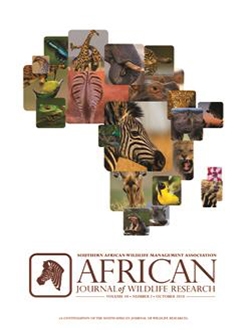The impact of global wildlife trafficking on biological diversity imposes pressures on authorities to respond. Reliable estimates of population sizes of keystone species such as rhinoceroses (rhinos) are often a key requirement to evaluate the effectiveness of interventions. Black rhinoceroses (Diceros bicornis ) are cryptic and targeted by poachers for their horns. Several interventions aim to curb the effects of poaching and achieve black rhino conservation targets in the short to medium term. We used black rhinos to evaluate the survey requirements that will allow the detection of 1% annual change in population size over a five-year period, a key short-term target for black rhinos in Kruger National Park, South Africa. We found that a mark-recapture technique provided the most precise estimates, but authorities need to mark 94% of all black rhinos. This is logistically challenging and costly. Development of inclusive conservation plans need to consider realistic measures to report outcomes and achieve effective conservation evaluation.
How to translate text using browser tools
8 September 2020
Comparison of Mark-Recapture and Block-Count-Based Estimation of Black Rhinoceros Populations
Sam M. Ferreira,
Nikki Le Roex,
Cathy Greaver,
Cathy Dreyer
ACCESS THE FULL ARTICLE
black rhinos
conservation targets
Kruger National Park
mark-recapture estimates
population growth rates
power to detect trends
rhino ear notching






